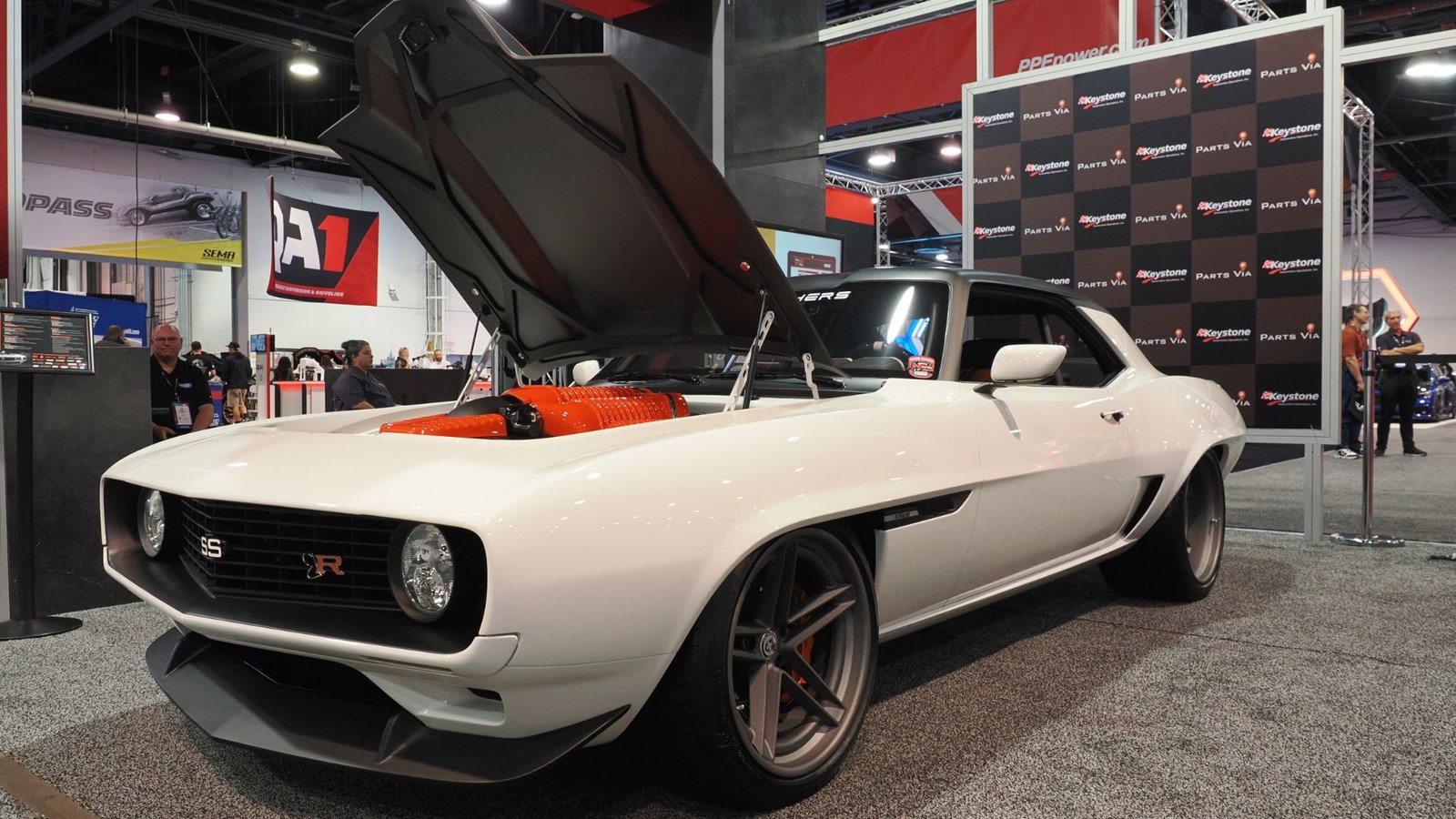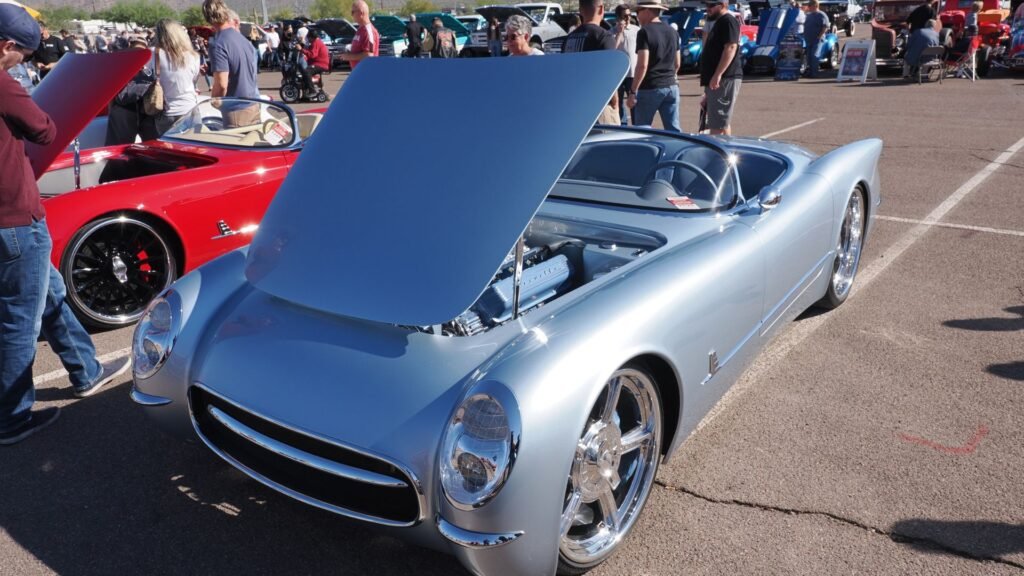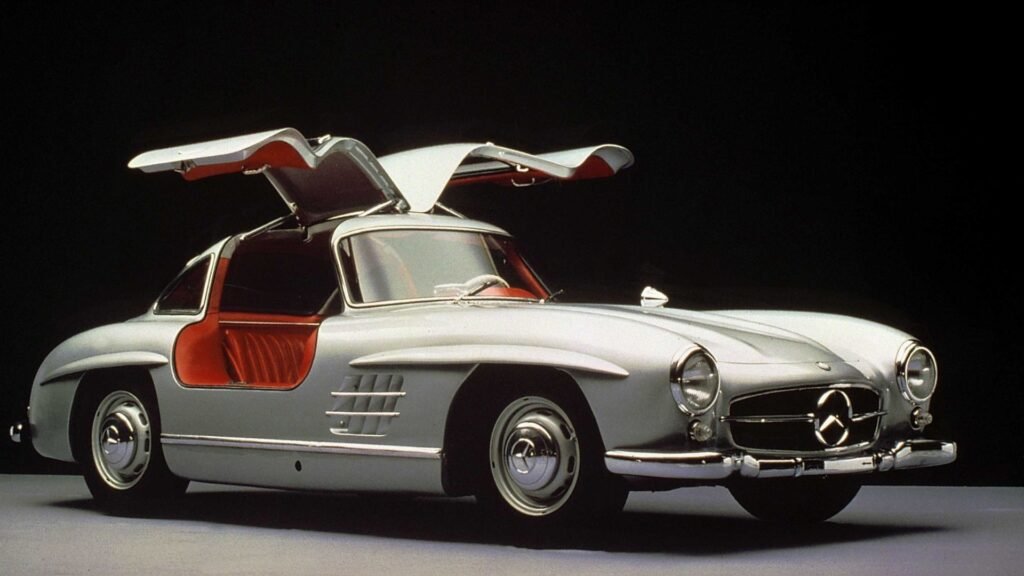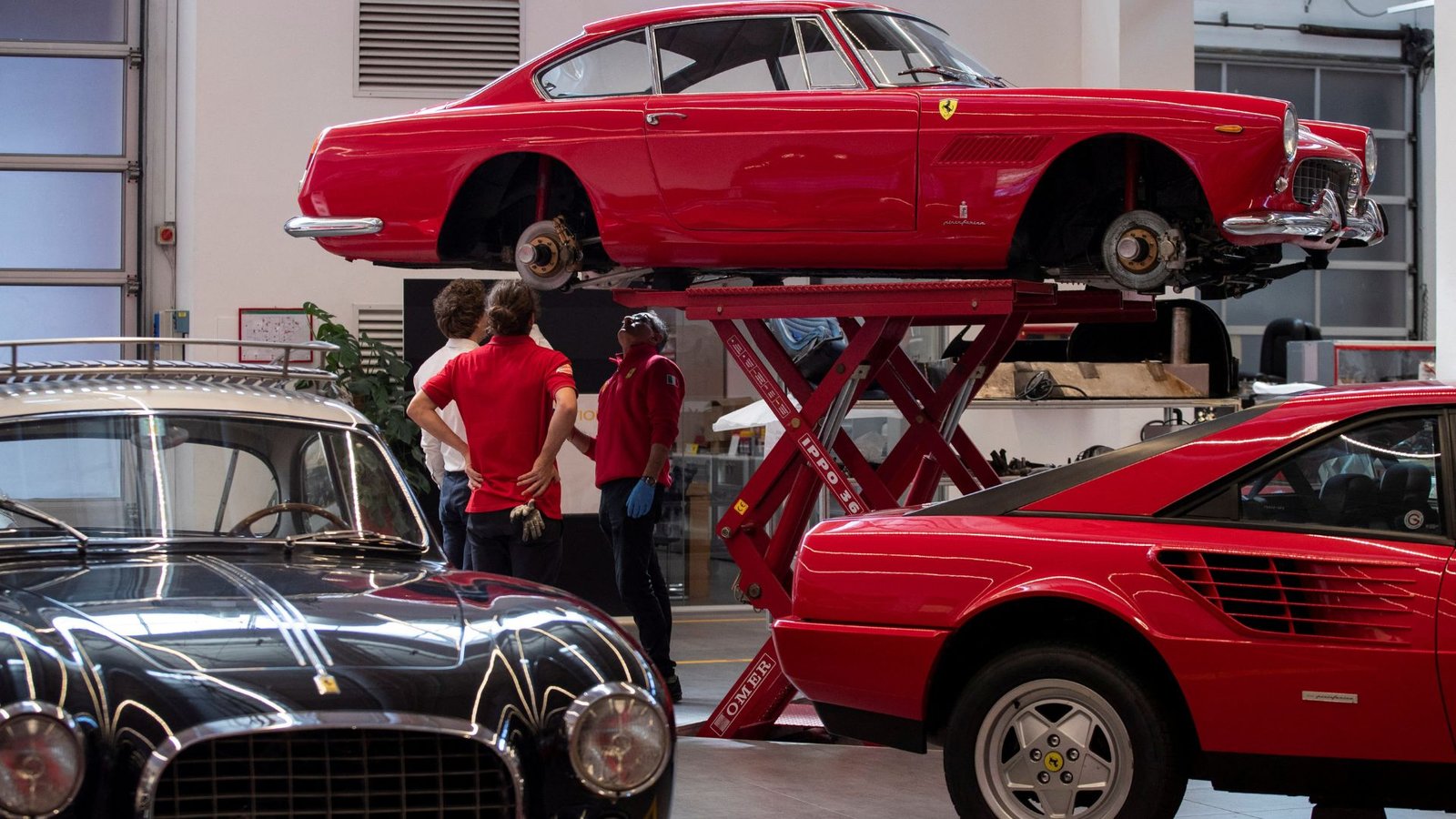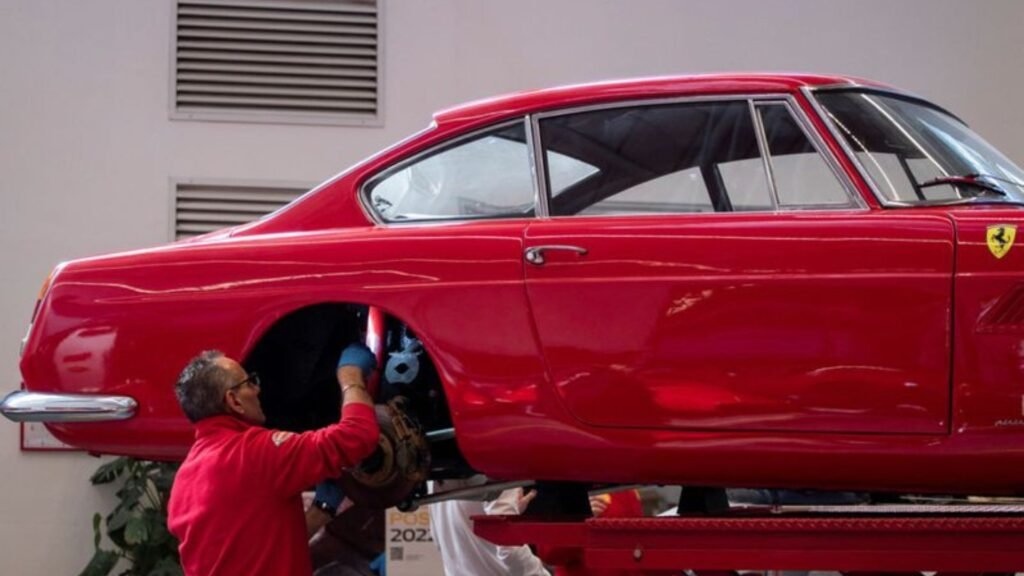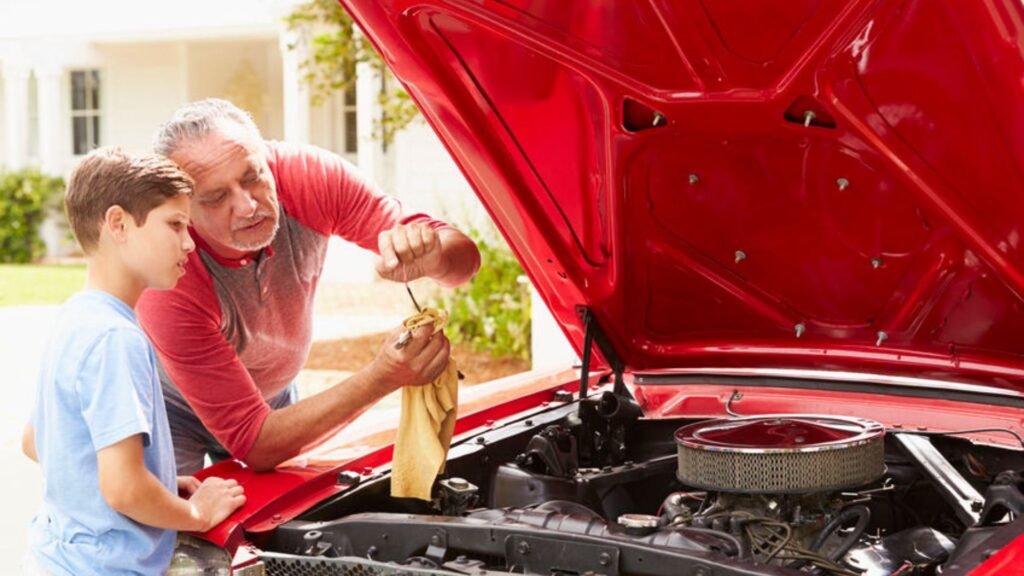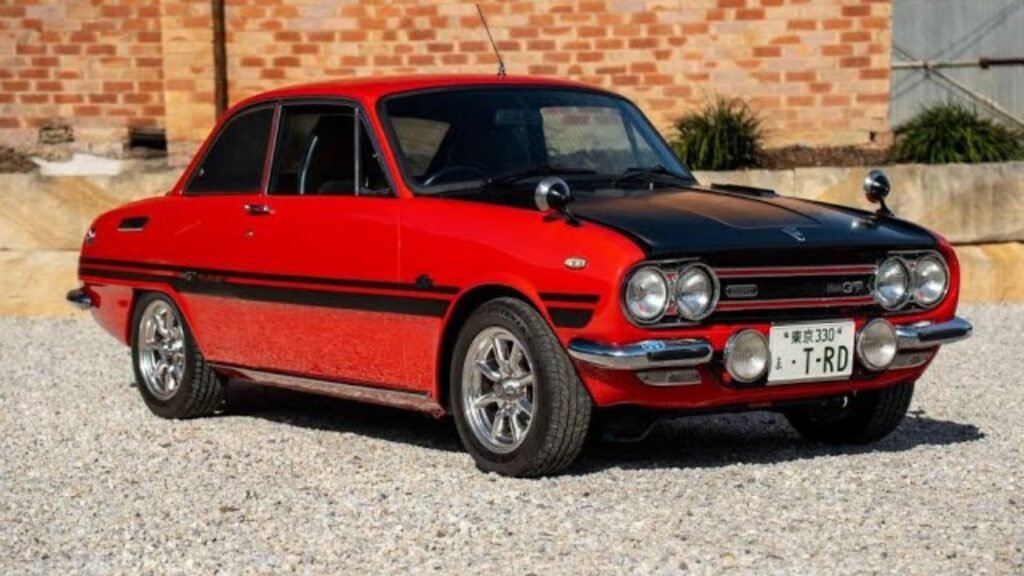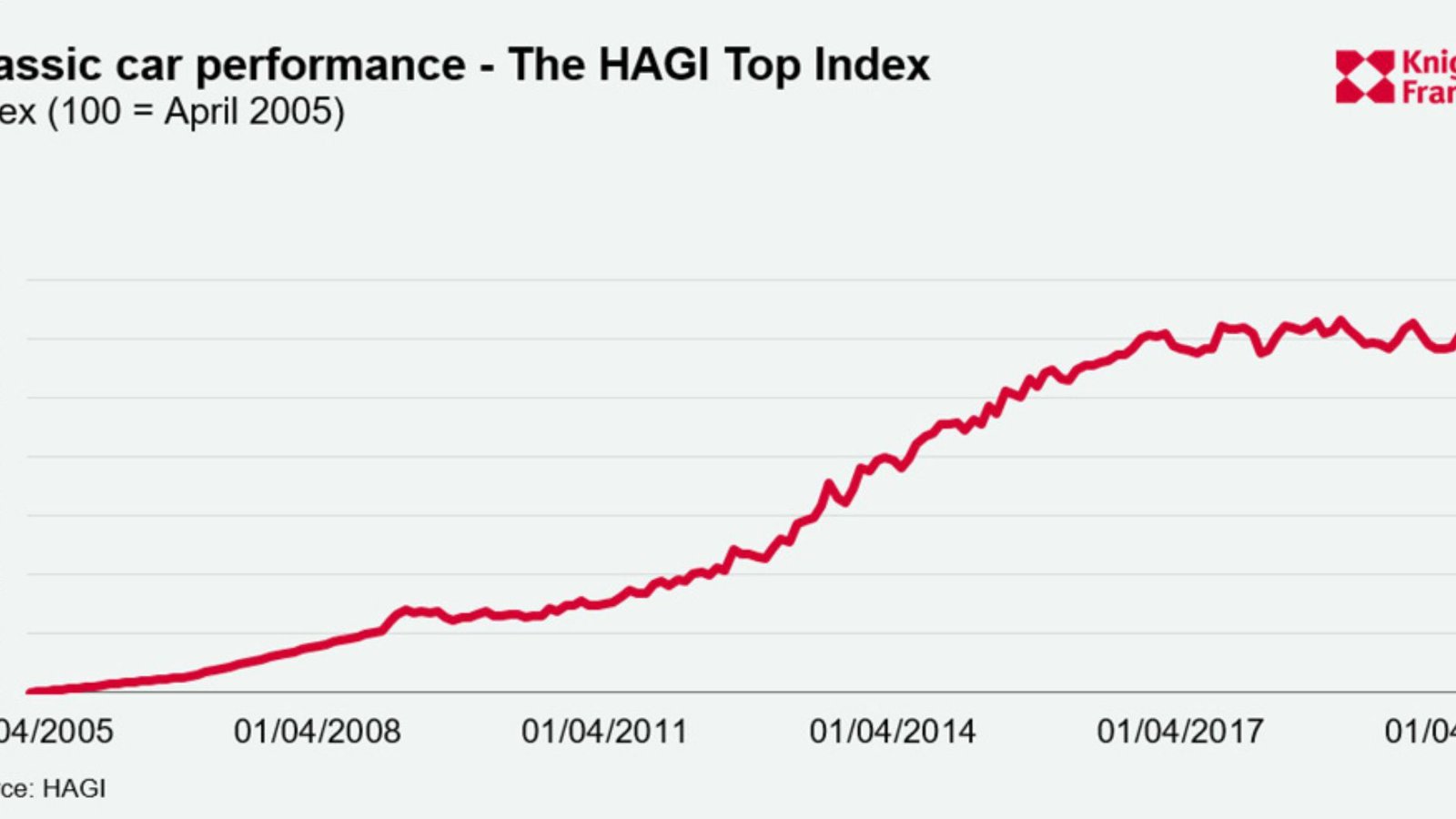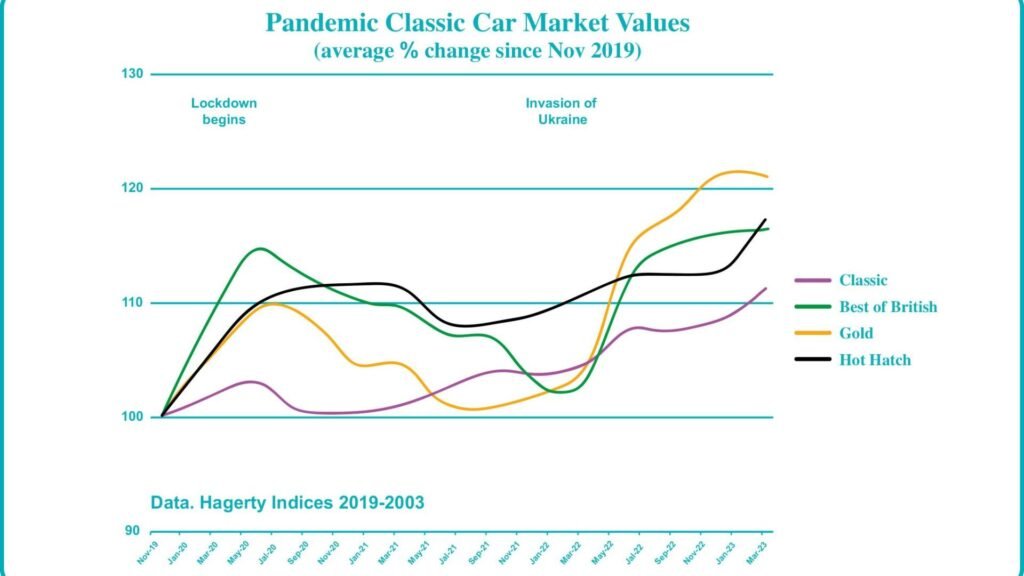Rare Finds in Vintage Cars Market
The vintage car market is a treasure trove of automotive history, where rare finds often become the crown jewels of a collection. These classic vehicles, often produced in limited quantities or with unique features, hold immense value for collectors and enthusiasts alike. The thrill of discovering a rare vintage car can be as exciting as owning it, and the allure of these hidden gems continues to captivate the hearts of those passionate about automotive history. In this post, we’ll explore some of the rarest and most sought-after finds in the vintage cars market, highlighting what makes these vehicles so special.
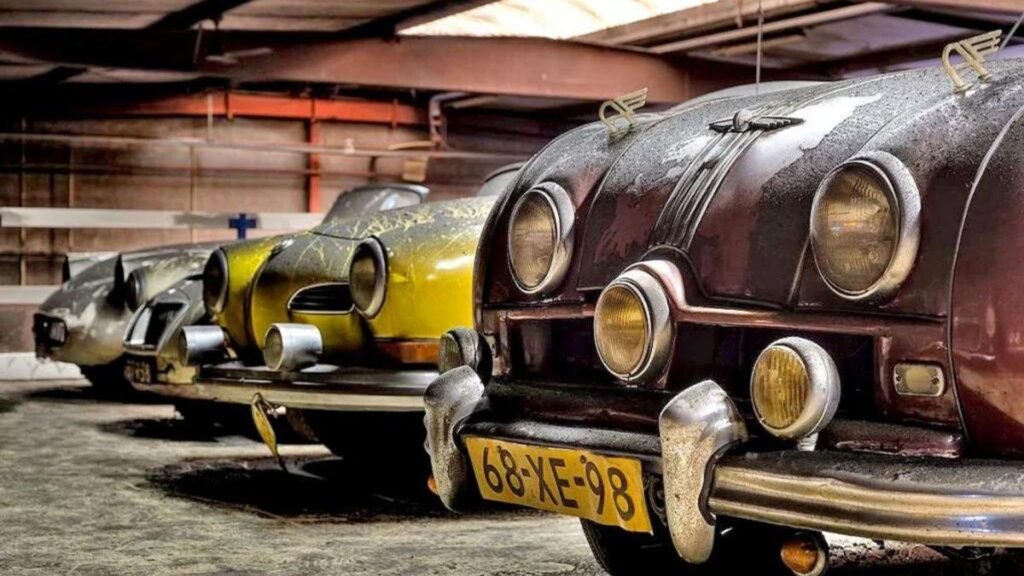
1. 1967 Shelby GT500 Super Snake: The Ultimate Muscle Car
One of the rarest and most coveted muscle cars in the vintage cars market is the 1967 Shelby GT500 Super Snake. Built by the legendary Carroll Shelby, only one of these high-performance beasts was ever produced. The Super Snake was originally created as a test car for Goodyear’s Thunderbolt tire line, and it boasted a 520-horsepower V8 engine, making it one of the most powerful muscle cars of its time.
The rarity of the Super Snake, combined with its iconic design and unmatched performance, makes it a dream find for collectors. It’s not just a piece of automotive history; it’s a symbol of the peak of American muscle car culture. When it comes up for sale, which is rare in itself, it commands staggering prices, often reaching millions of dollars at auction.
2. 1957 Ferrari 250 Testa Rossa: A Racing Legend
The 1957 Ferrari 250 Testa Rossa is another example of a rare find in the vintage car market, cherished for its racing pedigree and stunning design. Only 34 of these cars were ever made, and they were built to compete in endurance races like the 24 Hours of Le Mans. The 250 Testa Rossa is instantly recognizable by its “pontoon” fenders, which were designed to improve aerodynamics.
This car’s combination of rarity, historical significance, and aesthetic beauty makes it one of the most sought-after Ferraris in existence. When a 250 Testa Rossa comes up for auction, it often fetches over $16 million, reflecting its status as one of the ultimate collector cars.
3. 1961 Jaguar E-Type “Outside Bonnet Latch”: Early Production Rarity
The 1961 Jaguar E-Type “Outside Bonnet Latch” is a highly sought-after model, especially among Jaguar enthusiasts. This early version of the iconic E-Type was produced with external bonnet latches for only the first few hundred cars before the design was changed. As a result, these early models are incredibly rare and highly prized.
What makes this version of the E-Type so special is not just its rarity but also its historical significance. The Jaguar E-Type is often considered one of the most beautiful cars ever made, and owning one of the first models produced adds an extra layer of prestige. Collectors are willing to pay a premium for these early examples, making them some of the most valuable E-Types on the market.
4. 1953 Chevrolet Corvette: The Birth of an Icon
The 1953 Chevrolet Corvette is the car that started it all for America’s favorite sports car. With only 300 units produced in its first year, the 1953 Corvette is one of the rarest and most collectible models in the Corvette lineage. This model was hand-built and featured a fiberglass body, a revolutionary concept at the time.
The rarity of the 1953 Corvette, combined with its significance as the first year of production, makes it a highly desirable find for collectors. This car represents the birth of the American sports car and holds a special place in automotive history. When these cars appear on the market, they are highly sought after and can command prices well into the six-figure range.
5. 1936 Bugatti Type 57SC Atlantic: The Epitome of Exclusivity
Perhaps one of the rarest and most exclusive vintage cars in the world is the 1936 Bugatti Type 57SC Atlantic. Only four of these stunning cars were ever made, and today, only two are known to still exist. The Type 57SC Atlantic is renowned for its unique design, featuring a riveted aluminum body with an Art Deco influence.
This car’s rarity is only part of its allure; its design and also engineering are considered masterpieces of automotive art. The Bugatti Type 57SC Atlantic is often regarded as one of the most valuable cars in the world, with one example selling for an estimated $30 to $40 million. For collectors, finding a Type 57SC Atlantic is the ultimate holy grail.
6. 1969 Porsche 917: A Le Mans Legend
The 1969 Porsche 917 is another rare gem in the vintage cars market, famous for its dominance in endurance racing, particularly at the 24 Hours of Le Mans. Only 25 units were built to meet the homologation requirements, making the 917 one of the rarest Porsches ever produced.
The 917’s racing success, coupled with its limited production and groundbreaking design, makes it one of the most coveted vintage race cars. Collectors who are lucky enough to acquire one of these rare machines not only own a piece of racing history but also an asset that can appreciate significantly in value.
Conclusion
In conclusion, rare finds in the vintage cars market are more than just vehicles; they are pieces of history, art, and engineering excellence. Whether it’s the singular 1967 Shelby GT500 Super Snake or the ultra-exclusive 1936 Bugatti Type 57SC Atlantic, these cars represent the pinnacle of automotive achievement. For collectors and enthusiasts, the search for these rare gems is a pursuit filled with excitement, passion, and also the potential for great reward. As these rare vintage cars continue to captivate the imagination, their value and allure are only set to grow.


